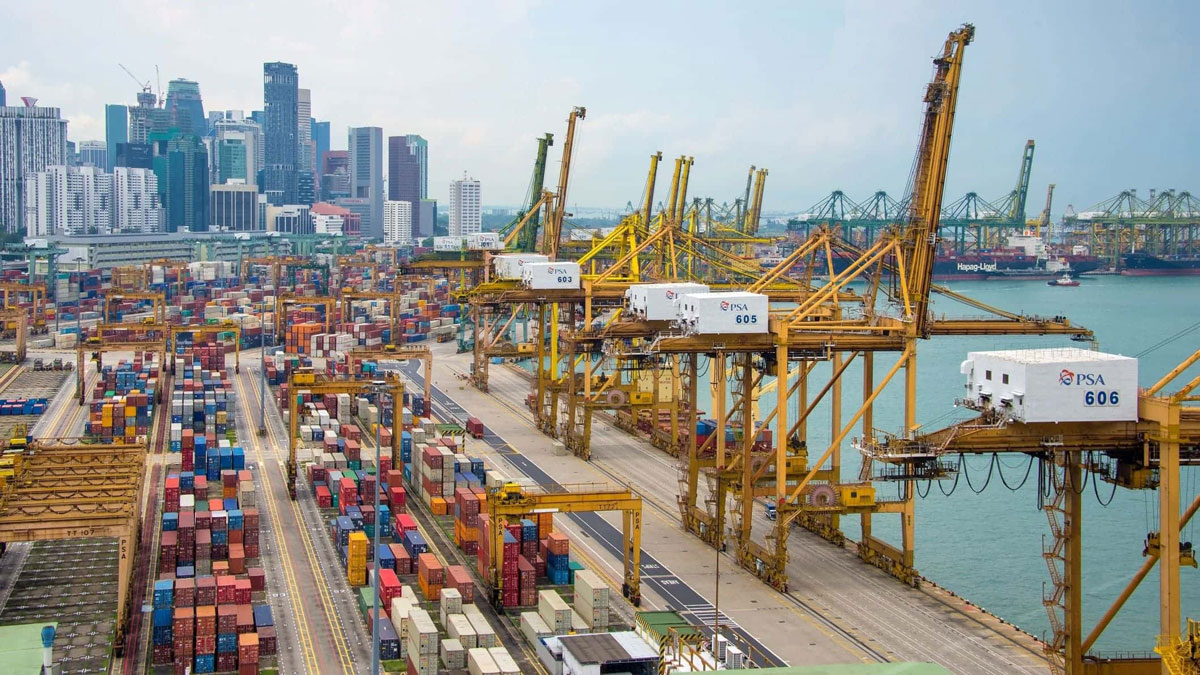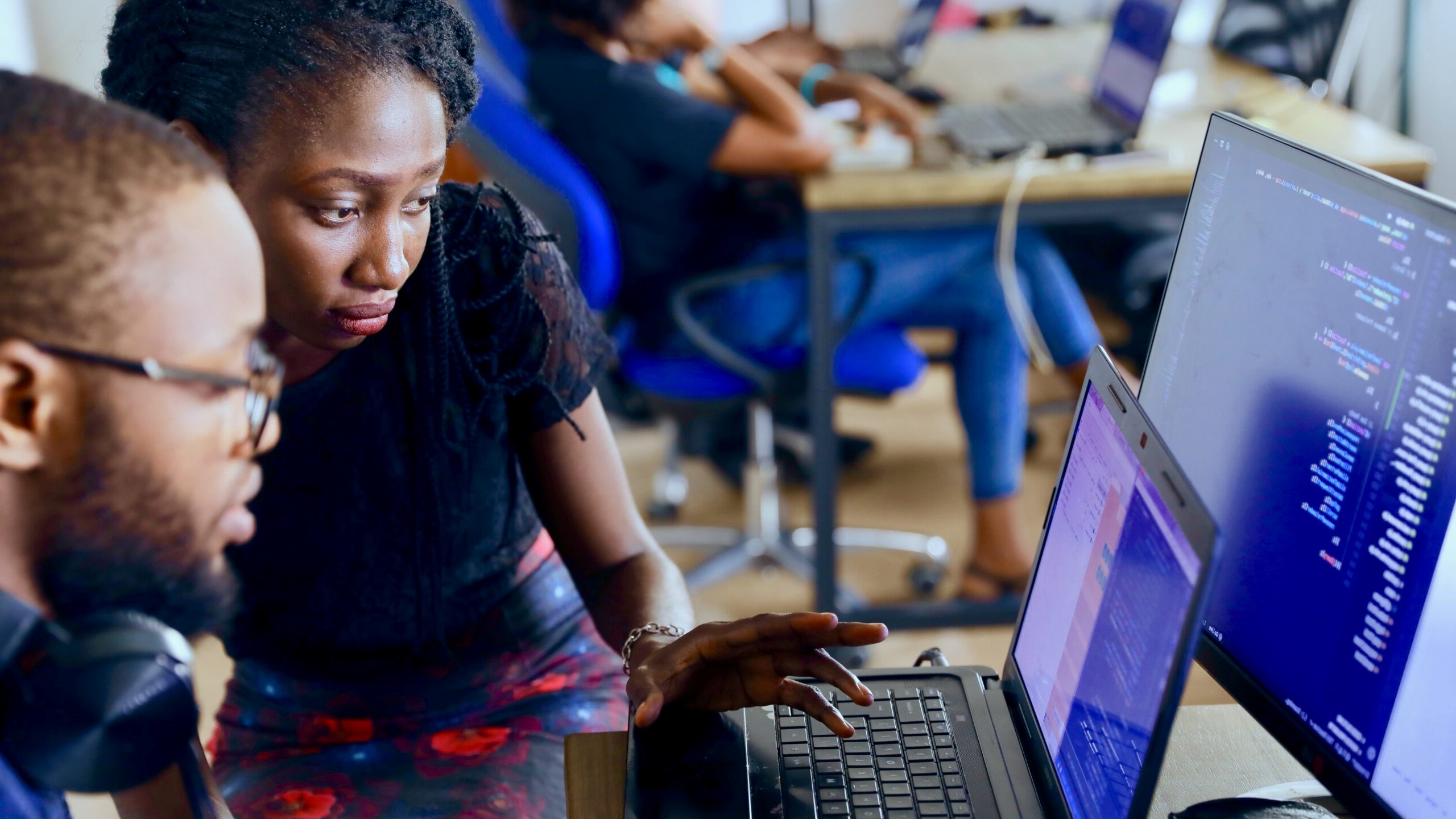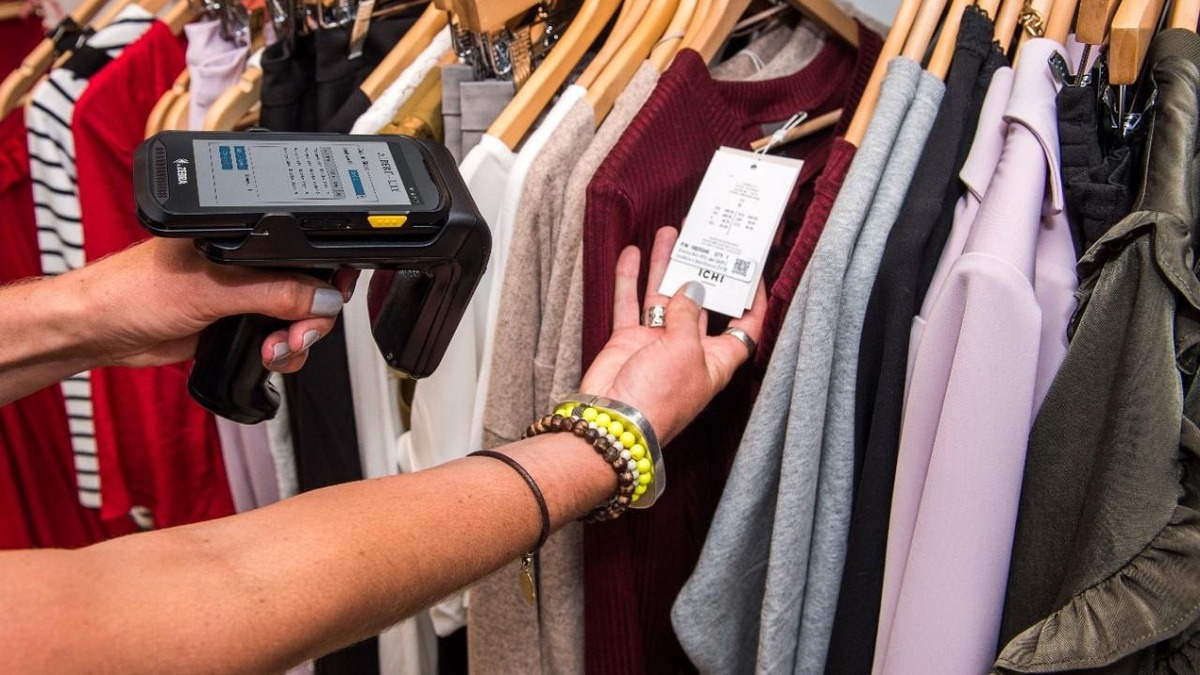Published 06 February 2024
Technological breakthroughs are transforming the global trade and financial landscape, forcing legal and regulatory frameworks to keep pace. Singapore's implementation of electronic trade documentation tools such as TradeTrust has led to this global effort.
The convergence of digitization, artificial intelligence (AI), and blockchain technology is driving a significant transformation in international trade. I have been witnessing in my day-to-day work the innovative developments in these technologies that are elevating efficiency, transparency, and security of international trade to new heights. By revolutionizing traditional trade processes, I have witnessed how these technologies have and continue to not only reduce costs, but also facilitate seamless cross border global transactions with added security.
While these technologies have been in development for several years, the missing piece of the puzzle, which until quite recently had in my opinion been holding back the wider adoption of digital trade, has been the regulatory frameworks necessary to allow institutions, regulated finance firms, and trading companies to integrate them as part of their core infrastructure.
However, over the past 12 months I have witnessed remarkable progress worldwide in establishing licensed and regulated entities that bridge the digitalized trade world with the traditional finance ecosystem.
Singapore has been a leader in this area with its implementation of electronic trade document laws. These laws provide the legal framework necessary for the broad adoption of digital trade documents and ensure that they are as legally enforceable as their paper-based counterparts. By establishing regulations that recognize the validity and authenticity of digital trade documents, Singapore has paved the way for a more seamless and efficient digitalized trade ecosystem.
The implementation of electronic trade document laws in Singapore has addressed a significant barrier to the widespread adoption of digitalized trade. Importers and exporters can now confidently embrace digital trade documents, knowing that they hold the same legal weight as traditional paper documents. This not only reduces administrative burdens but also accelerates the trade process, leading to improved efficiency and cost savings.
One notable development in the realm of digitized trade using blockchain technology is the TradeTrust system by Singapore’s Infocomm Media Development Authority (IMDA). This system recently caught my attention as I personally experienced its application in my day-to-day work, particularly in the digitalization of shipping and ownership documents for physical commodity cargoes. The company I co-founded and run, TradeFlow Capital, provides trade finance including for small and medium-sized enterprises (SMEs).
The TradeTrust system facilitates the secure and efficient exchange of trade-related documents by leveraging blockchain technology. By utilizing a decentralized and immutable ledger, it ensures the integrity and authenticity of these documents, eliminating the risk of fraud or tampering. This not only streamlines the process of digitizing trade documents but also enhances transparency and trust among all parties involved in the trade ecosystem.
A decentralized and immutable ledger refers to a system where data is stored and verified across multiple nodes or computers, rather than being controlled by a central authority. In this type of ledger, once information is recorded, it cannot be altered or tampered with, providing a high level of security and trust. This Is in my opinion a perfect application of blockchain technology.
Through the innovative use of TradeTrust, TradeFlow Capital executed a world-first conversion of a paper Bill of Lading (BL) into an electronic BL (eBL) with subsequent on-chain – meaning transactions that exist on and have been verified to the blockchain – refinancing of the physical commodity being shipped. This conversion was securely executed using DocuTrade on the IMDA TradeTrust platform and stored with a custodian regulated by the Monetary Authority of Singapore (MAS). The decentralized nature of the ledger means that there is no single point of failure or vulnerability. Instead, information is distributed across a network of computers, ensuring that no single entity has control over the entire system. This enhances transparency and reduces the risk of manipulation or fraud.
Based on my personal experience, the TradeTrust system has proven to be a game-changer in simplifying and expediting trade processes.
We digitized, then tokenized the paper Bill of Lading, which is a title document for goods being shipped overseas, in October last year. TradeFlow as a shipper and funder of physical commodities was able to raise refinancing US dollar liquidity quickly after the ship set sail, enabling the firm to better manage its cash flow during the seven-day transit.
This digitalization and secure management of shipping and ownership documents have significantly reduced administrative burdens, and improved overall efficiency and security. This advancement represents a significant milestone in the digitization of trade and holds great potential for transforming the international trade landscape, particularly in the authentication of trade documents and the facilitation of financing or refinancing of commodity trade.
The TradeTrust system brings trust and authenticity to the trade documents that counterparts view and rely on, which is crucial for seamless cross-border international trade. It also enables the digitization of other paper-based documents, further enhancing efficiency and reducing reliance on physical paperwork.
Another noteworthy advantage of being able to digitize a trade or ownership document of an asset, be it a commodity or a building or a piece of art, or even a music song, is that it opens up the possibility of “real-world asset tokenization”, allowing for fractional ownership or investment in various assets. The tokenization of real-world assets refers to the process of representing physical assets as digital tokens on a blockchain or distributed ledger system. This innovative approach allows for the fractional ownership or investment in these assets, breaking them down into smaller units that can be easily traded, invested in, and transferred. Very importantly, as I have witnessed, it can give access to new markets at a fraction of the old paper-driven process.
Digitizing carbon emissions markets (one of the newest asset classes), through blockchain and tokenization presents a ground-breaking opportunity to empower small carbon abatement projects and benefit local communities. In the past, the extensive auditing, tracking, legal work, and paperwork involved in such projects would consume the potential financial rewards for reducing emissions in a community. However, with the application of blockchain and tokenization, these barriers can be overcome as the cost of this approach is significantly lower than traditional manual and paper-based approaches.
In fact, I had the privilege of being involved in a recent successful project in Rwanda, where we leveraged data capture on school meals and cooking practices to achieve a few thousand metric tons of carbon emissions abatement. By digitizing the information and processes, we were able to streamline the tracking and auditing of emissions reductions, ensuring transparency and accountability and then our company bought these carbon abatements with the financial benefit going back to the local schools.
This innovative approach not only provides financial incentives for small carbon abatement projects but also empowers local communities to actively participate in reducing emissions. The digitization of carbon emissions markets enables greater efficiency, accuracy, and accessibility, allowing communities to benefit directly from their efforts in reducing emissions.
I strongly believe that by eliminating the administrative burdens and maximizing the financial rewards, blockchain and tokenization create a more equitable and inclusive system. This opens up opportunities for small-scale projects to make a meaningful impact and contribute to global efforts in combating climate change.
In the past year, I have been thrilled to witness the transformative potential of digitization and blockchain technology in the realm of commodity markets, international trade and carbon emissions markets. By encouraging and enabling change at the grass-roots level, we can drive sustainable development and create a brighter future for both the environment and local communities.
In my opinion, digitization and what it is enabling has already started to be impactful on society and industry, but we have just skimmed the surface of its true potential to revolutionize the commodity and carbon climate markets, and the financial industry overall.
In my extensive experience in international trade, I have reached a firm conclusion that expanding the concept of asset tokenization to include commodity trade finance and global physical trade can unlock a vast new market worth trillions of dollars. This will undoubtedly attract investors who are seeking innovative opportunities and provide much-needed non-bank capital to bridge the trade finance gap, which currently exceeds $3.5 trillion, as highlighted in a recent report by the Asia Development Bank.
It is worth noting that a significant portion of this trade finance gap, which means the difference between requests and approvals for financing to support imports and exports, burdens SMEs worldwide. SMEs are the lifeblood of economies, serving as key job creators and innovators. Addressing this gap is of utmost importance to support the growth and success of these crucial economic players.
I believe that tokenization has the power to democratize access to traditionally illiquid assets and enable fractional ownership, thereby enhancing liquidity and diversification for investors. This not only fuels economic growth but has the potential to add greater efficiency and transparency in trade and trade finance.
As technology continues to advance and regulatory frameworks adapt, we are on the cusp of witnessing the transformative impact of asset tokenization on the financial landscape. It has the potential to reshape our perceptions and engagement with traditional assets, opening up new avenues for investment and driving global economic progress. It is crucial for other governments to follow the lead of Singapore and implement the necessary legal and regulatory frameworks to support this groundbreaking development.
However, the technology alone cannot execute the positive disruption and change. It is crucial for the global legal and regulatory frameworks to keep pace with these innovations to fully realize their potential. Once the necessary legal and regulatory frameworks are in place, we can expect more significant advancements in international trade.
© The Hinrich Foundation. See our website Terms and conditions for our copyright and reprint policy. All statements of fact and the views, conclusions and recommendations expressed in this publication are the sole responsibility of the author(s).










